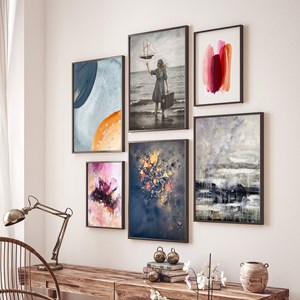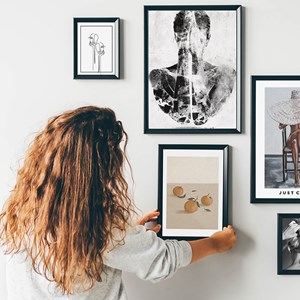Unleashing the Vibrant World of Pop Art

Welcome to Printler's introduction to the rich and vibrant world of Pop Art, where the mundane gets transformed into the extraordinary, and icons are created, enriched by bold colours and messages. So, let us invite to a journey through the pulsating heart of Pop Art with this blog. We will unraveling its origins, evolution, the undying influence on contemporary culture and the potential value for it as personal wall art. Prepare to enter a world where art is not just seen but felt, challenging the norms of our civilisation and celebrating the spirit of art rebels.
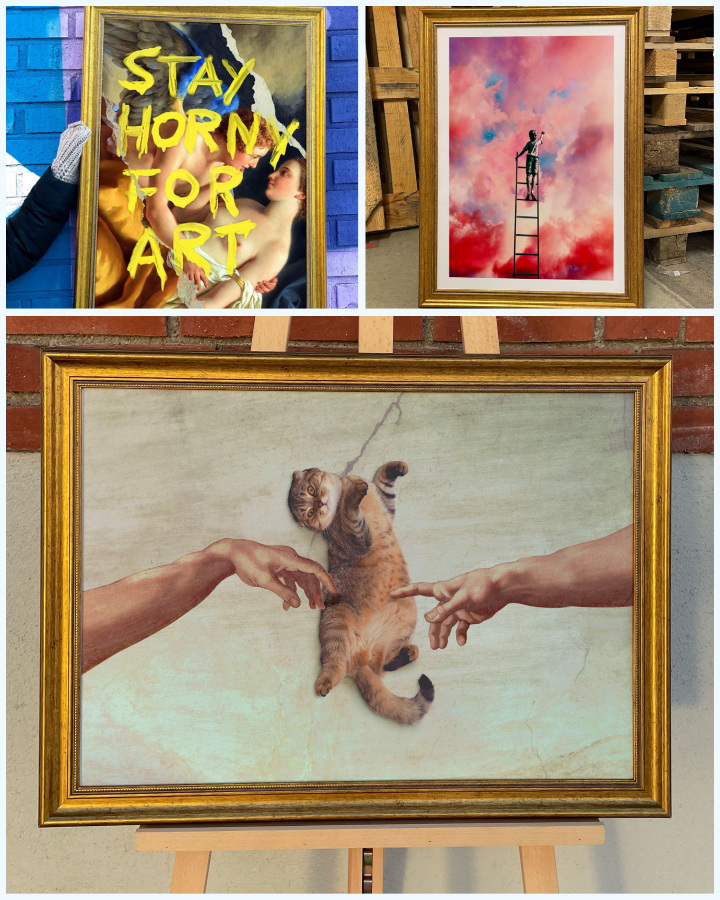
What is Pop Art?
Step into the vivid universe of Pop Art, a realm where art transcends traditional boundaries to embrace and elevate the everyday.
Here, the familiar—be it comic book panels, household items, or iconic figures—is reimagined through a lens of bold colors and striking forms. Pop Art is more than an art style; it's a dialogue with popular culture, transforming mundane objects into significant, thought-provoking pieces.
This movement blurs the lines between high art and mass culture, inviting viewers to find depth and meaning in the commonplace. With Pop Art, each piece serves not just as decor but as a mirror reflecting the dynamism and complexities of the modern world.
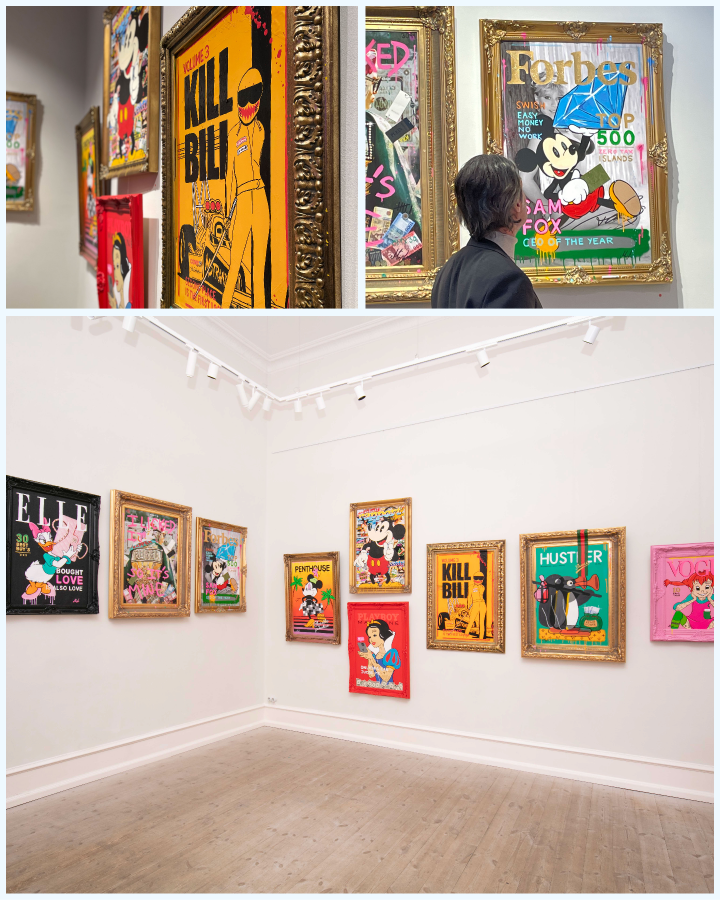
The dawn of Pop Art
The genesis of Pop Art traces back to the transformative period of the 1950s and '60s, marking a pivotal shift in the art world. Born out of a desire to bridge the gap between 'high' art and popular culture, this movement found its roots in the bustling streets of Britain before making its way across the Atlantic to the United States. Pop Art emerged as a bold retort to the elitism of traditional art, embracing and celebrating the imagery of everyday life, from consumer goods to comic strips and advertising.
This artistic revolution was more than just a aesthetic innovation; it was a pointed critique of the burgeoning consumerist society and the pervasive influence of mass media. Artists like Andy Warhol and Roy Lichtenstein turned the lens back on society, using irony and parody to challenge the conventions of art and the commodification of culture.
Today, Pop Art has evolved beyond its initial shock value to become a cherished and influential part of our cultural fabric. It continues to inspire a diverse range of artists and designers, who draw on its iconic styles and themes to comment on contemporary issues. In the modern era, Pop Art stands as a testament to the power of visual culture to reflect and shape societal values, proving that art can be both accessible and profoundly meaningful.
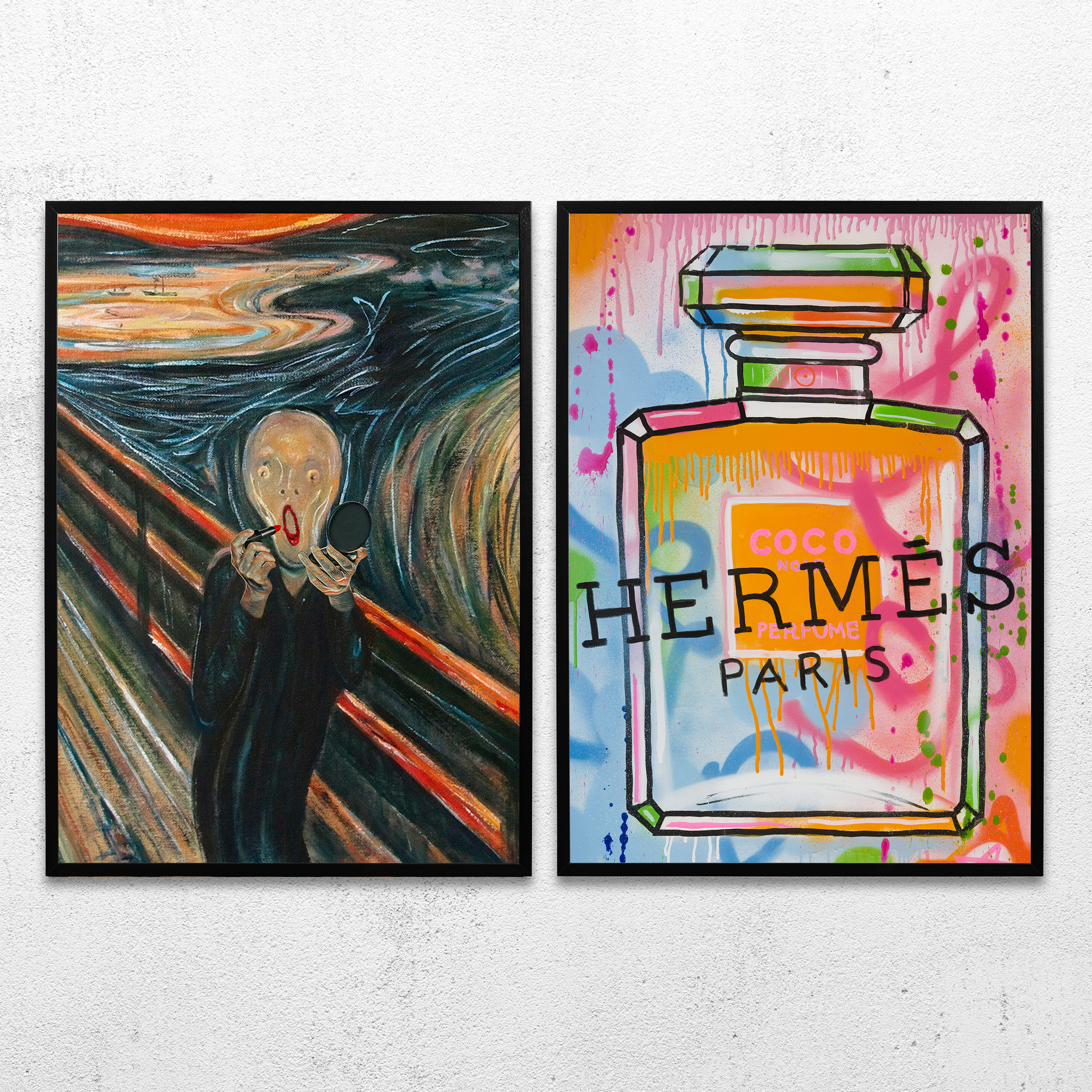
The Pop Art Movement
The Pop Art movement the questioning voice within the art world, challenging the established norms with a blend of curiosity and critique. It was all about questioning, examining, and reimagining the world around us. And artists such as Andy Warhol and Roy Lichtenstein emerged as the leading figures of the movement, their works embodying the essence of the movement through a fusion of striking statements and vivid colours. Pop Art celebrated the mundane and the familiar, transforming everyday objects and scenes into provoking artworks. This movement was not merely a trend; it was a reevaluation of what art could be, making it more accessible and reflective of the times.
And Pop Art's influence didn't wane as the decades rolled on; if anything, it adapted, morphed, and found new ways to stay relevant. It still packs a punch, even today, with its echoes resonating into more digital art. Which is a testament to the movement's enduring appeal and its ability to continuously inspire new generations of artists and art lovers alike.
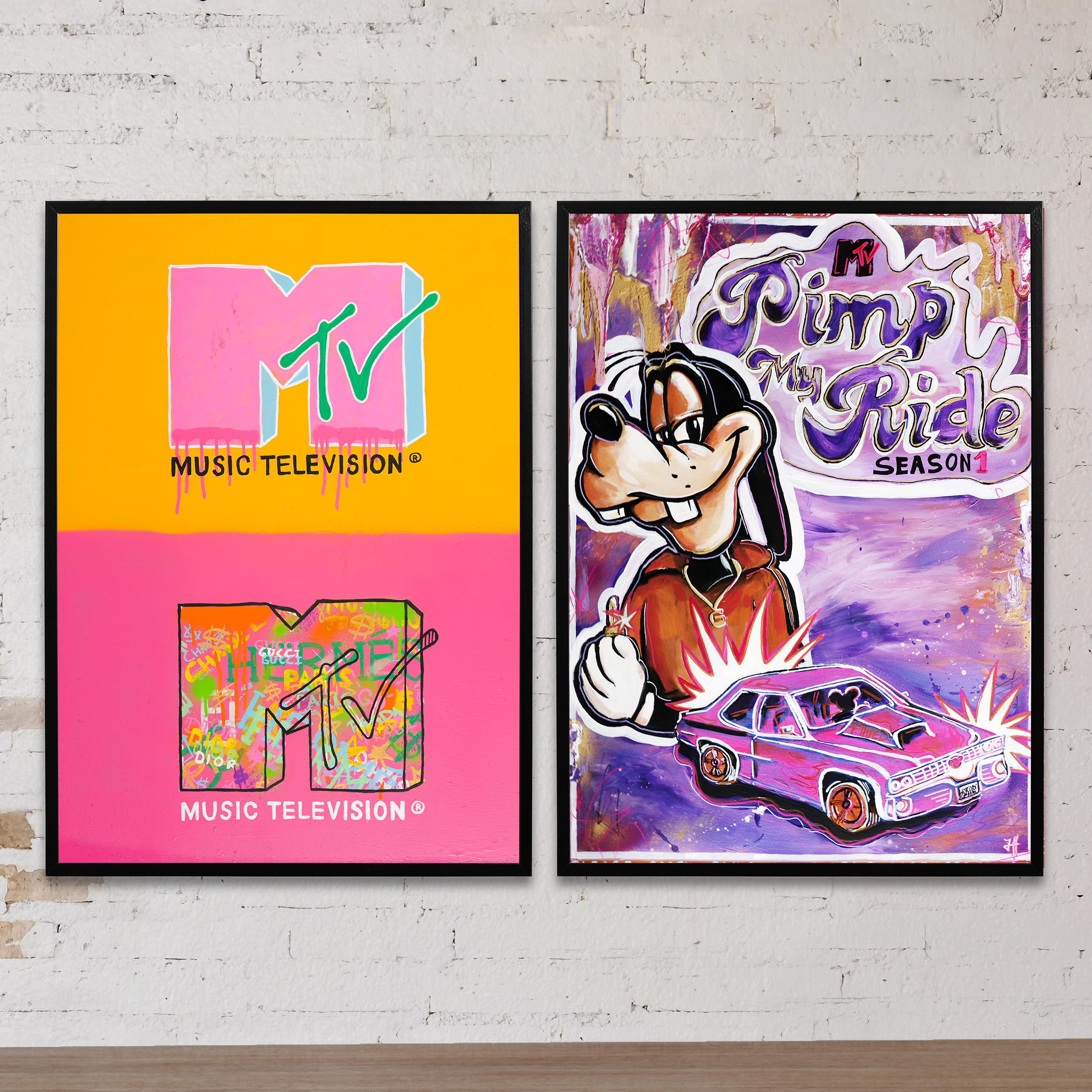
DIY: Your First Splash in Pop Art
Feeling inspired? Creating your first Pop Art masterpiece might be easier than you think. Start with what speaks to you—a favourite quote, a beloved pet, or a favourite film/artist—and let your imagination run it through the lens of Pop Art. And you don't even need to limit yourself to that. There are products, current events etc etc. The only limit to creation, is how far you push your imagination.
And if you are ever in need of inspiration or broadening your pop art lens. Open yourself up to the many art books, documentaries and exhibitions.
Now, after you've found your topic or motif of choice. It's time to invite your best friends to the party. And who are they? Colours. Preferably bright, contrasting colours at that. And don't be afraid of having bold outlines or quotes to add to them.
Got the vision in your head? Time to put it into reality. Traditionally, the preferred tools were paintings and graffiti. But if you don't have the desired skills for that (yet), there are countless digital tools that have made art experimentation easier than ever.
So, what are you waiting for. Go and create the next pop art masterpiece and become the Printler artist that we've been waiting for!
Printler answers Pop Art FAQ's
What defines Pop Art?
Pop Art is defined by its vibrant colors, bold imagery, and embrace of popular culture. It turns everyday objects and familiar faces into iconic art pieces. Often adding a layer of contrast, irony and social commentary to the artworks.
When did Pop Art start?
Pop Art emerged in the 1950s and '60s, initially in Britain and then in the US, as a reaction against traditional art forms, bringing art closer to the masses by celebrating everyday objects and popular culture.
Why is Pop Art still popular today?
Pop Art remains popular due to its vibrant aesthetic, its commentary on consumer culture, and its ability to adapt and resonate with new generations. And thanks to the emergence of digital art, it has also fully embraced the new digital age of art.
Who are the most iconic Pop Artists?
The Pop Art movement boasts several iconic figures who've had pivotal roles in shaping the Pop Art movement and style. Andy Warhol, with his celebrity portraits of and commentary on consumerism. Roy Lichtenstein with his comic strip-inspired paintings. Other notable artists include Jasper Johns, and Robert Rauschenberg.
Can I create Pop Art myself?
Absolutely! Start with something that inspires you and experiment with bold colors and outlines. Today's digital tools make it easy to try your hand at Pop Art.
Where should I display Pop Art in my home?
Pop Art fits best in spaces that welcome creativity and conversation, such as your living room, or kitchen, adding a vibrant splash of personality to your home.













